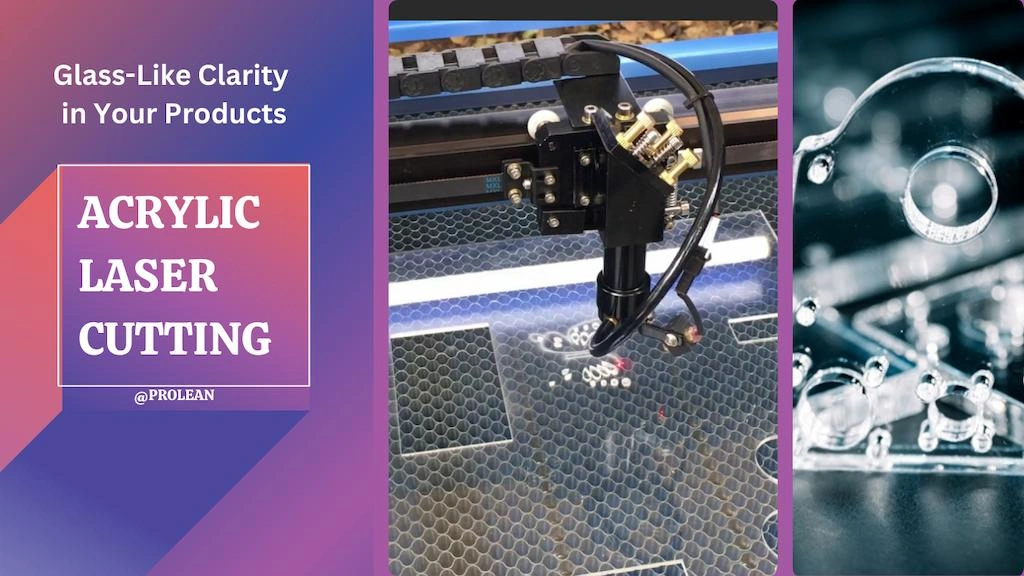
Since the introduction of laser cutting in 1965, its cutting, engraving, and marking capabilities have continuously developed on a broader range. Traditionally, laser was only used to cut metals, but now it can be used for plastics, composites, fabric, and other types of materials. One such popular example is acrylic laser cutting.
In our industry, we still see product developers and engineers confused about whether acrylic can be laser cut or not, especially for precision projects. The answer is Yes; the laser can create smooth and clean cutting edges on acrylic workpieces.
Furthermore, we will cover details of acrylic material, how to laser cut acrylic, advantages and disadvantages, and how to leverage acrylic laser cutting service online for your project.
Acrylic as an Engineering Material
Acrylic is among the prevalent laser cutting materials in manufacturing due to its optical transparency. Different industries and consumer items use this engineering material for prototypes and end-use products. Its engineering name is polymethyl methacrylate (PMMA); Acrylic is more of a market term.
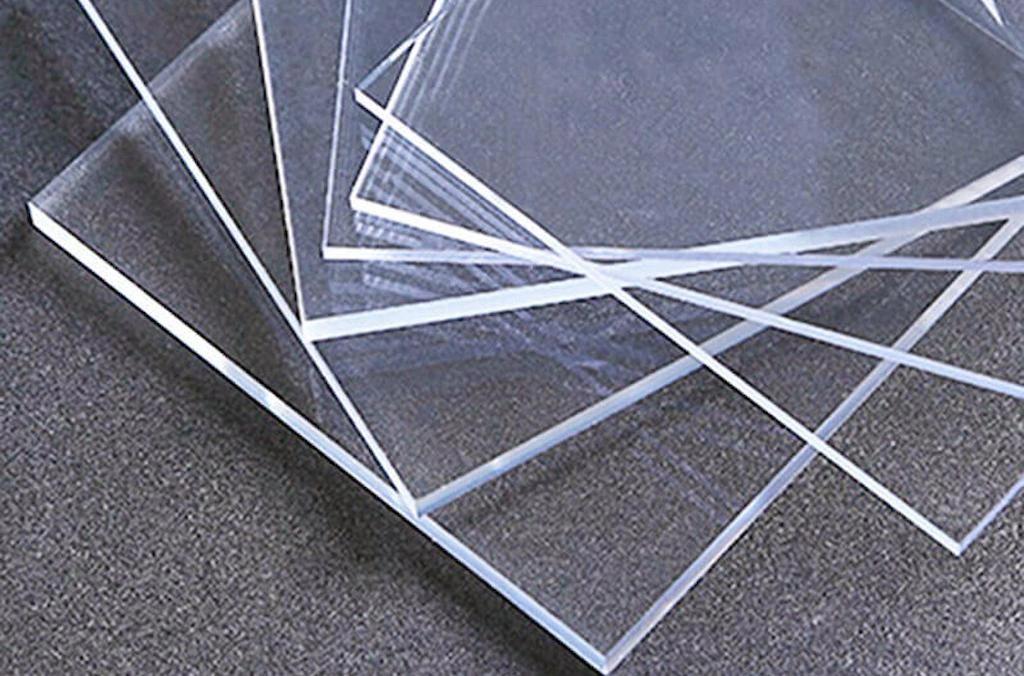
Transparent acrylic sheets
Specialized acrylic sheets for laser cutting are called “plexiglass sheets.” They are clearly transparent, providing optical characteristics similar to those of glass. Plexiglass laser cutting is widely used in applications requiring glass-like clarity, such as display panels, signage, and lenses.
Let’s look at the general properties of acrylic materials used in laser cutting projects;
| Properties | Description | Value |
| Transparency | Excellent optical clarity makes it suitable for lenses and displays. | 92% light transmission |
| Density | Lightweight compared to glass | 1.18 g/cm³ |
| Tensile Strength | Moderate tensile strength | 70 MPa |
| Impact Resistance | High impact-resistant than glass | 15 kJ/m² |
| Thermal Conductivity | Low conductivity and a good insulator. | 0.19 W/m·K |
| UV Resistance | Highly resistant to UV radiation Prolonged UV exposure may cause yellowing | Moderate resistanceExcellent |
| Chemical Resistance | Moderate resistance reacts with some solvents (acetone). | Moderate resistance |
| Machinability | It is easy to cut, drill, and shape | Good |
| Water Absorption | Minimal moisture absorption | 0.3% (24 hours immersion) |
What is the Best Acrylic for Laser Cutting?
The raw acrylic is converted into workable sheets mainly by casting, extruding, and cell-casting. Casting-grade acrylic is best in laser cutting as it leaves flame-polished edges after processing. Extruded can also be used, but the finish and quality of edges are not as smooth as casted acrylic.
Furthermore, cell-cast acrylic is also good for laser-cutting projects, but the material cost is relatively higher.
How to Laser Cut Acrylic?
Before discussing the process and setting, let’s see what types of laser-cutting machines are compatible with acrylic materials(plexiglass).
Based on which lasing medium is used, the laser cutter has three main categories: CO2 lasers, Fiber lasers, and Nd: YAG diode lasers. Along these, CO2 is suitable for acrylic worksheets, which use carbon dioxide as an active medium and produce laser approx 10.6 micrometers (µm).
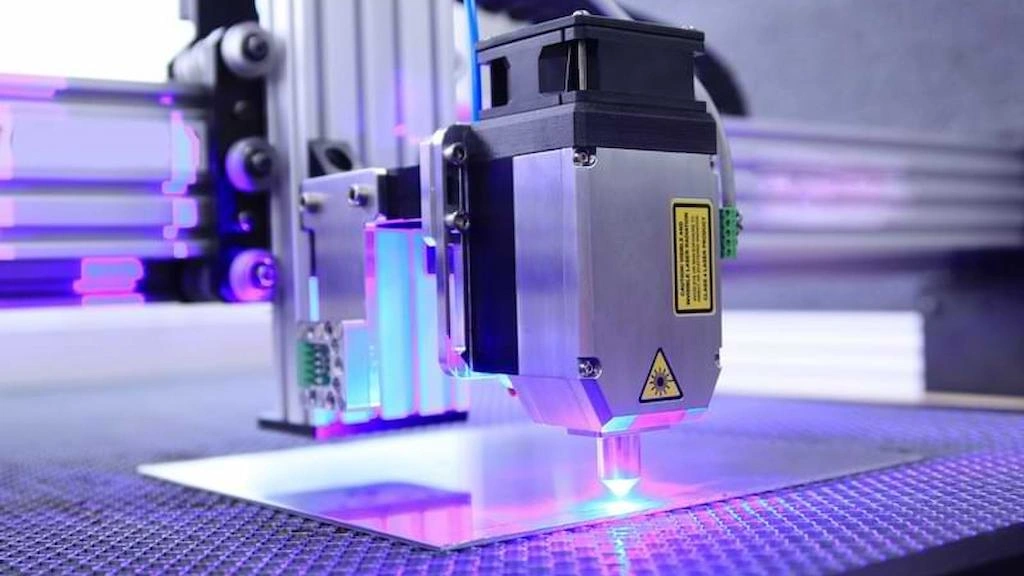
Acrylic laser cutting
The reason why CO2 lasers are used, not others, is because of the compatibility of wavelength. Acrylic absorbs energy well, melts, and vaporizes quickly.
“You can read a detailed comparison in the article co2 laser vs fiber laser here.”
Laser Cutting Acrylic Settings
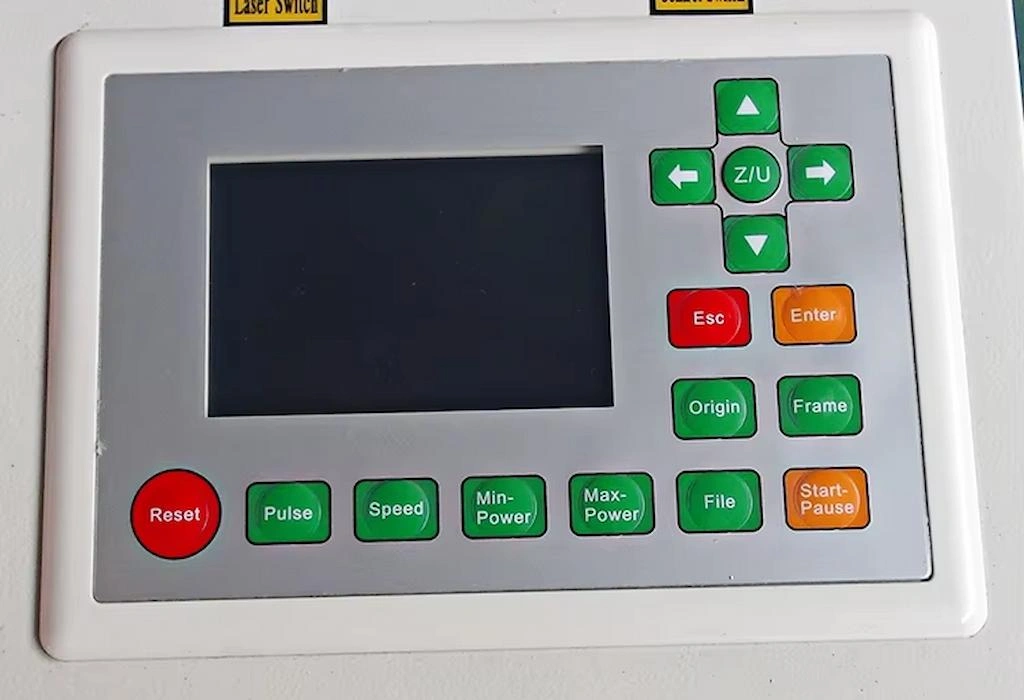
Acrylic laser cut setting
The exact acrylic laser cutting parameters( Power, wavelength, frequency, speed, etc.) heavily depend on the thickness of the acrylic sheet.
- Laser Power
A common guideline is 40-60 watts per 1mm for cast acrylic, but actual settings depend on laser efficiency and material type
- Frequency
Typical frequency ranges for CO2 lasers are 1-5 kHz, with higher frequencies (e.g., 5 kHz) for cast acrylic.
- Cutting Speed
Thickness is the major factor in setting the cutting speed, along with other subsidiary factors like the cut’s desired tolerance and finish quality. Additionally, this speed should be compatible with the laser power. The typical speed for plexiglass laser cutting of a 2mm sheet is 15 to 20 mm/s, whereas it becomes as low as 4 to 6 mm/s for a 10mm thick sheet.
- Lens Height
The lens height, or the distance between the lens and the acrylic sheet, ranges from 5-6 mm.
Try Prolean Now!
Advantages and Disadvantages of Laser Cutting Acrylic
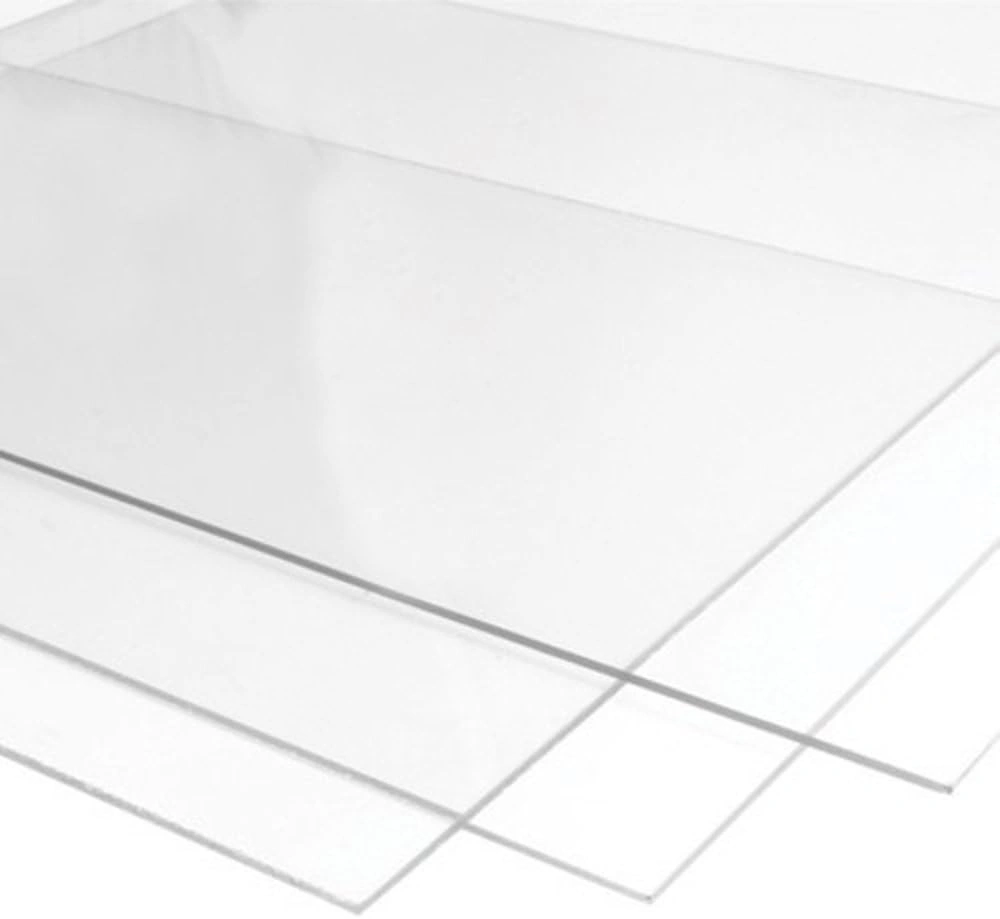
Plexiglass sheets
A comparative examination of the laser cutting advantages and disadvantages in your context is crucial to understanding whether laser cutting is fit for your acrylic products.
Advantages
- Excellent Accuracy: The CNC Laser cutter provides tight tolerances of 0. 03 mm for acrylic sheets, even for complex designs and patterns.
- Cutting Speed: Laser cutters are much quicker than traditional cutting and fabrication.
- Production Volume Flexibility: It is cost-effective for all production volumes, from a few prototypes to mass-scale manufacturing.
- Wide Thickness Range: You can cut acrylic sheets from 1 to 10 mm using CO2 lasers.
- Clean Edges: Laser beam leaves clean, smooth, and polished acrylic edges.
- Low Material Waste: The precision and efficiency of acrylic laser cutting result in minimal material wastage.
- Design Flexibility: With CN laser, acrylic is cut into intricate 3D geometries with high detail, such as irregular contours.
Disadvantages
- High Initial Investment: The initial setup for standard CO2 lasers or specialized laser cutting machines for acrylic costs more than $50,000 (Industry-sized).
- High Expertise Required: To handle precision laser cutting of acrylic, experienced engineers and operators are needed.
Try Prolean Now!
Examples of Different Acrylic Laser Cut Projects
Below are the six common acrylic laser cut projects in engineering;
Custom Signage and Displays
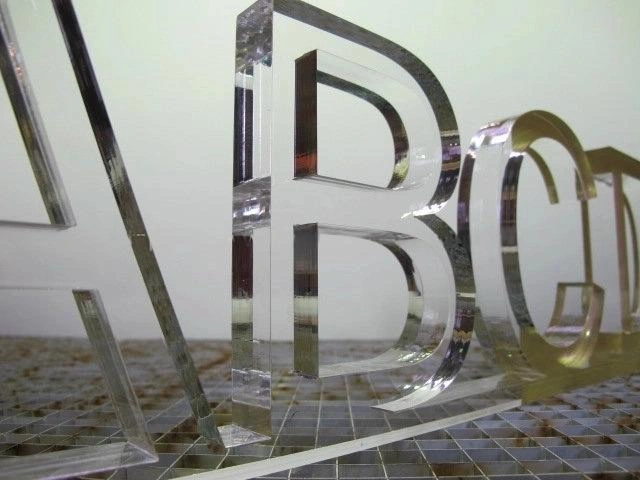
Acrylic laser cut letters
Acrylic is a popular choice for creating custom signage and displays due to its clarity, vibrant colors, and polished edges. You can often see them in retail stores, offices, and events. E.g., branding signs, directional displays, and business logos.
These kinds of displays are lightweight & easy to install, offering different visual impacts.
Jewelry and Accessories
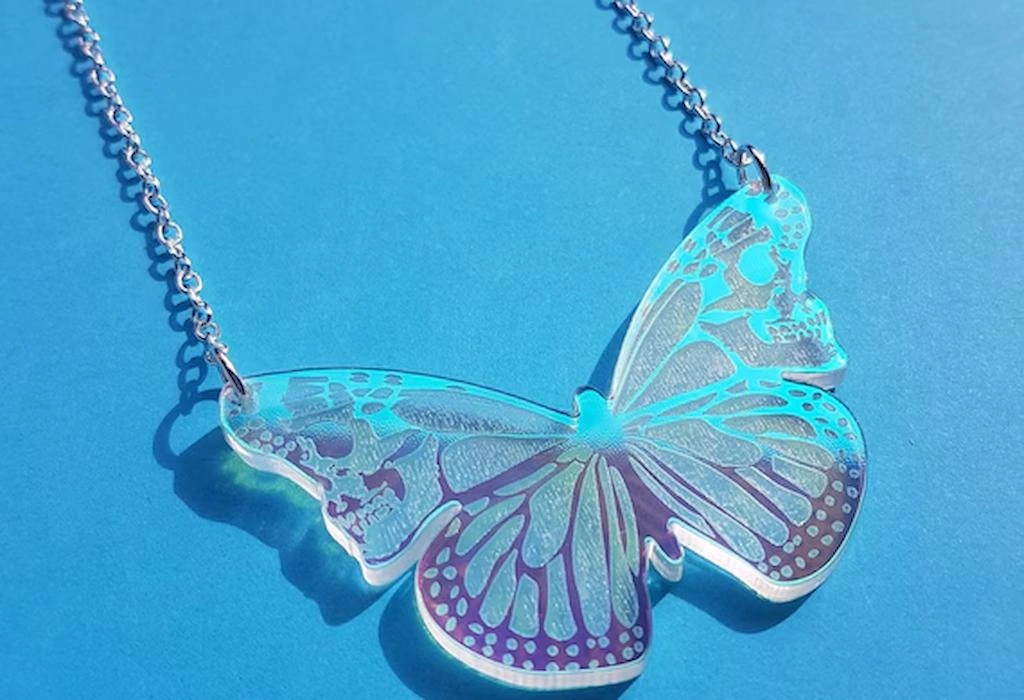
Acrylic Jewelry
Laser-cut acrylic is an excellent material for creating unique jewelry and accessories. Its ability to be cut into intricate designs makes it ideal for this. For example, earrings, bracelets, keychains, custom names, etc.
Low material and production costs make these items more affordable and can be customized into specific colors and finish levels.
Architectural Models and Prototypes
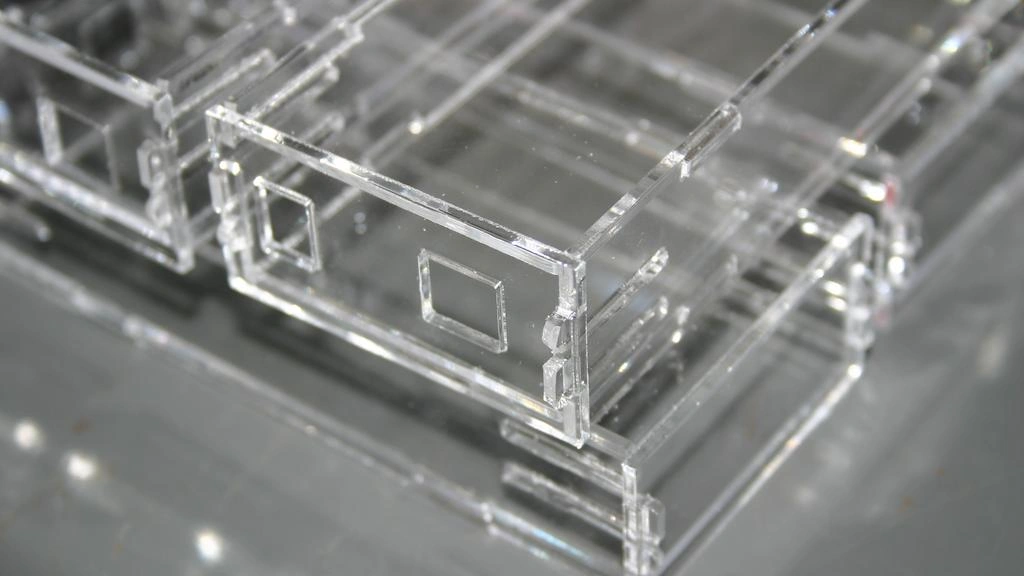
Acrylic laser cut prototype
Architects and designers often use laser-cut acrylic to create detailed scale models of buildings, landscapes, and interior designs. Its transparency is also beneficial for the mechanical prototypes.
Home Decor and Art Pieces
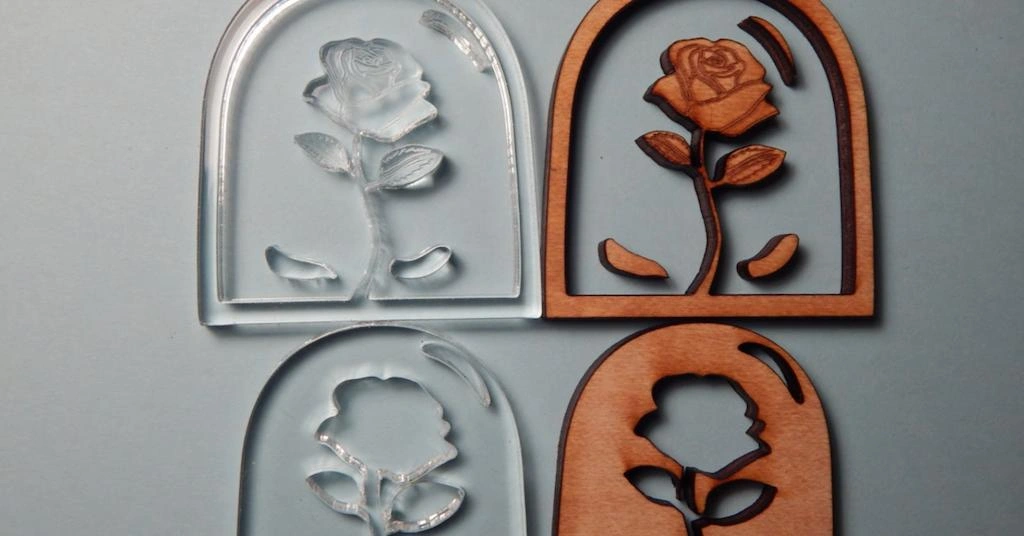
Acrylic wall decor items
Acrylic laser cutting allows for the creation of stunning home decor and art pieces. The possibilities are endless, from wall art to functional decor and lighting fixtures. You can get a sleek aesthetic, and it can be combined with wood and metals.
Educational and Training tools
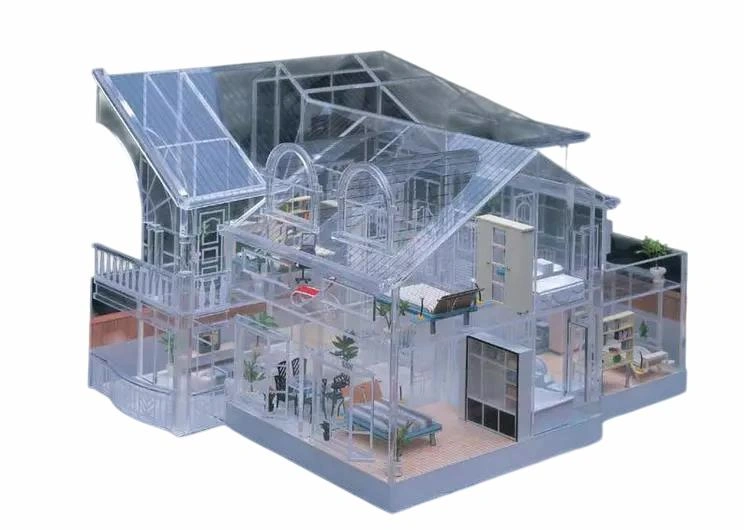
Architectural house model for training
Another common acrylic laser cut project is educational tools and kits, which help students and trainees learn through hands-on activities. E.g., Mechanical models for engineering students, lab equipment, problem-solving puzzles, visual diagrams, layouts, etc.
Functional Parts for Industrial Use
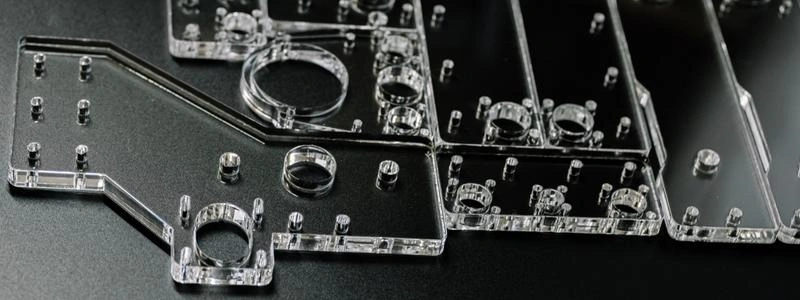
Acrylic parts for industrial use
Laser-cutting acrylic is used to create functional parts for industrial applications. Its strength, transparency, and ease of fabrication make it suitable for various uses. E.g., machine guards, safety shields, electronics enclosures, spacers, etc.
Acrylic Laser Cutting Service Online
Are you involved in acrylic products or fabrication and tired of relying on complicated supply chains? You can opt for ProleanTech’s online laser cutting service. We directly deliver custom prototypes and products that meet the designed criteria to your door. All of our quality controls are according to ISO 9001: 2015 standards.
Summing Up
Acrylic sheets can be cut with a laser to craft into intricate displays, signages, prototypes, aesthetic items, industrial functional parts, and other endless possibilities. Casted acrylic material is mostly suitable for precise and high-quality projects. At the same time, setting the right parameters on the laser machine, such as frequency, power, speed, and air assistance, are the primary conditions for this.
FAQs
How do you prevent burn marks when laser cutting acrylic?
To prevent burn marks while cutting acrylic with laser;
- Install air assist to blow away the debris
- Apply transfer tape to the acrylic surface
- Set optimized speed and power wattage
- Prefer cast acrylic sheets over extruded ones
What is the best thickness of acrylic for laser cutting?
Although the laser can cut sheets up to 10 mm thick, the favorable thickness range is 3 to 6 mm ( 0.125 to 0.25″). Thicker sheets need high power and multiple passes, whereas too-thin sheets melt inconsistently.
What wattage laser to cut acrylic?
The laser wattage to cut acrylic depends on the thickness, typically 10 watts per 1mm. For larger power lasers, you must adjust their power to 20 %, 30%, and 40%, depending on thickness.

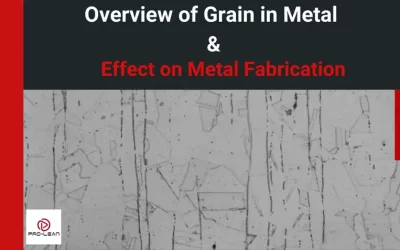
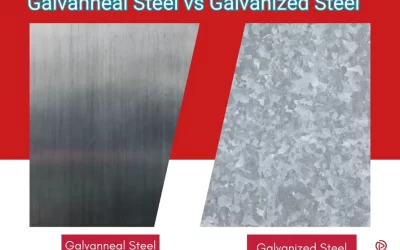
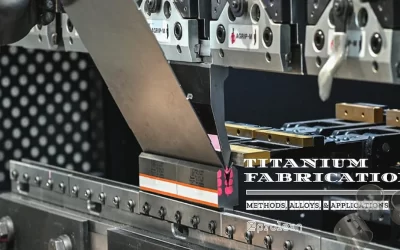
0 Comments